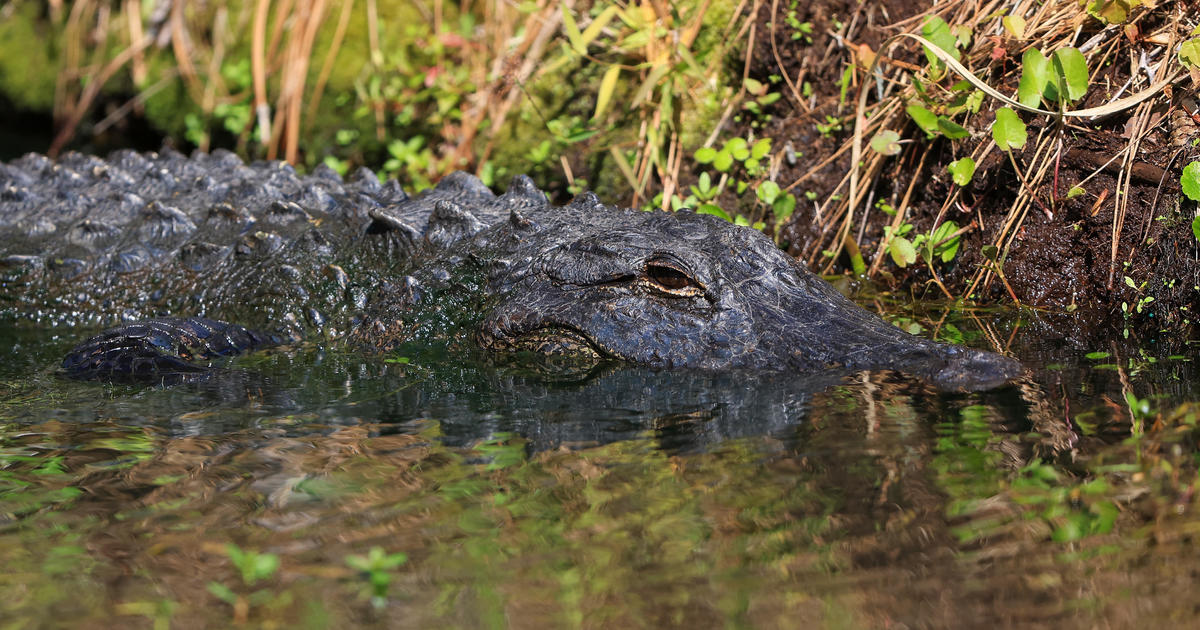Florida Governor Declares Emergency Over Red Tide For 7 Counties
Follow CBSMIAMI.COM: Facebook | Twitter
TALLAHASSEE (CBSMiami/CNN) – An ongoing environmental issue is getting the attention from Florida's top elected official.
Florida Gov. Rick Scott issued an executive order Monday declaring a state of emergency for seven counties dealing with an unusually lengthy red tide algae bloom that has killed thousands of marine animals, his office said.
The executive order gives more state funding to local governments and research agencies in the seven southwestern Florida counties.
"Today, I am issuing an emergency declaration to provide significant funding and resources to the communities experiencing red tide, so we can combat its terrible impacts," Scott said in a news release. "This includes making additional FWC (Florida Fish and Wildlife Conservation Commission) biologists and scientists available to assist in clean-up and animal rescue efforts."
The emergency was declared for Hillsborough, Collier, Lee, Charlotte, Sarasota, Manatee and Pinellas counties.
The dangers of a red tide bloom
That covers a portion of southwestern Florida that includes the cities of Tampa, Bradenton, Fort Myers and Naples.
Scott also directed an additional $900,000 in grants for hard-hit Lee County, where red tide warning signs currently dot more than 170 beach access points, his office says.
What a red tide does
Southwest Florida's red tide blooms are fast-growing colonies of an algae, Karenia brevis, that often turns the water red. The blooms off Florida normally start in October and end in winter, but this one has lasted for nine months and been devastating for marine life.
The algae release toxins when they die, and in high concentrations can be deadly to fish and marine mammals. The current bloom has killed fish, sea turtles, manatees and a whale shark, littering some beaches with carcasses.
The algae can cause coughs and other respiratory distress in humans as breezes blow toxins inland. People have reported respiratory irritation in several counties, the Florida Fish and Wildlife Conservation Commission said.
People also can become ill if they eat shellfish loaded with the toxins.
"People should not swim in the water, eat seafood from it or breath the air near it," University of Miami marine biology and ecology professor Larry Brand said this month.
Last September's Hurricane Irma could have something to do with the latest bloom's intensity. The storm moved nutrients that were inland into coastal waters, and nutrients help algae to grow, according to NASA.
The current bloom is the longest on record since 2006, the year after Hurricane Katrina rocked areas along the Gulf of Mexico, Florida's wildlife conservation commission said.
(© Copyright 2018 CBS Broadcasting Inc. Cable News Network, Inc., a Time Warner Company, contributed to this report)



